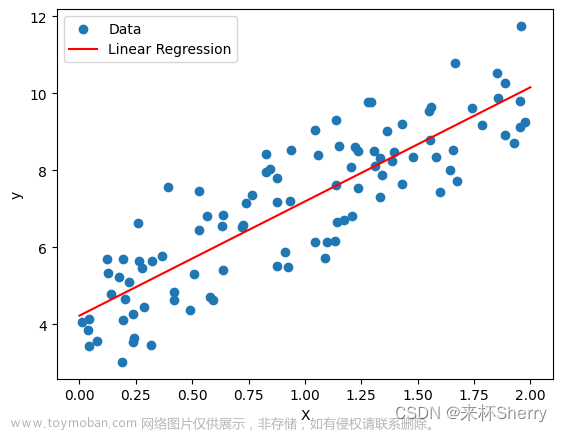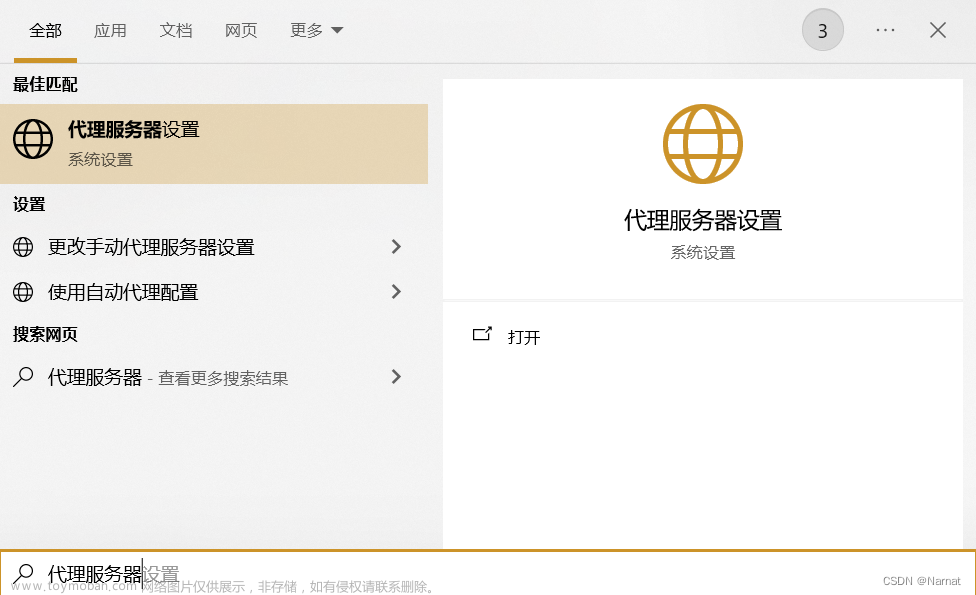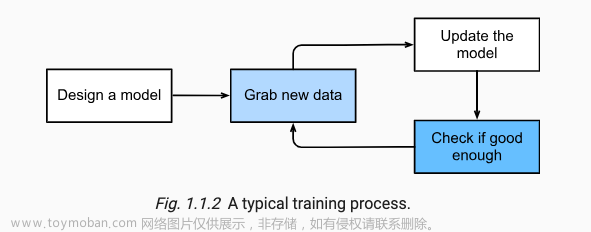from d2l import torch as d2l
一、问题描述
运行d2l的训练函数,仅在控制台输出以下内容,无法显示动态图片(训练监控)
<Figure size 350x250 with 1 Axes>
<Figure size 350x250 with 1 Axes>
<Figure size 350x250 with 1 Axes>
<Figure size 350x250 with 1 Axes>
<Figure size 350x250 with 1 Axes>
<Figure size 350x250 with 1 Axes>
二、解决方案
修改d2l.Animator的add函数,以下分别是修改前的代码及修改后的代码:
def add(self, x, y):
# Add multiple data points into the figure
if not hasattr(y, "__len__"):
y = [y]
n = len(y)
if not hasattr(x, "__len__"):
x = [x] * n
if not self.X:
self.X = [[] for _ in range(n)]
if not self.Y:
self.Y = [[] for _ in range(n)]
for i, (a, b) in enumerate(zip(x, y)):
if a is not None and b is not None:
self.X[i].append(a)
self.Y[i].append(b)
self.axes[0].cla()
for x, y, fmt in zip(self.X, self.Y, self.fmts):
self.axes[0].plot(x, y, fmt)
self.config_axes()
display.display(self.fig)
display.clear_output(wait=True)
def add(self, x, y):
# Add multiple data points into the figure
if not hasattr(y, "__len__"):
y = [y]
n = len(y)
if not hasattr(x, "__len__"):
x = [x] * n
if not self.X:
self.X = [[] for _ in range(n)]
if not self.Y:
self.Y = [[] for _ in range(n)]
for i, (a, b) in enumerate(zip(x, y)):
if a is not None and b is not None:
self.X[i].append(a)
self.Y[i].append(b)
self.axes[0].cla()
for x, y, fmt in zip(self.X, self.Y, self.fmts):
self.axes[0].plot(x, y, fmt)
self.config_axes()
display.display(self.fig)
# 通过以下两行代码实现了在PyCharm中显示动图
plt.draw()
plt.pause(interval=0.001)
display.clear_output(wait=True)
同时,在使用相关函数时,添加如下一行代码d2l.plt.show(),如下:
d2l.train_ch13(net, train_iter, test_iter, loss, trainer, num_epochs, devices)
d2l.plt.show()
三、实现效果

附:使用控制台打印输出训练监控信息,而不通过动态图的方式
重写训练函数,以d2l.train_ch13为例,以下分别是修改前的代码及修改后的代码:
def train_ch13(net, train_iter, test_iter, loss, trainer, num_epochs,
devices=d2l.try_all_gpus()):
"""Train a model with multiple GPUs (defined in Chapter 13).
Defined in :numref:`sec_image_augmentation`"""
timer, num_batches = d2l.Timer(), len(train_iter)
animator = d2l.Animator(xlabel='epoch', xlim=[1, num_epochs], ylim=[0, 1],
legend=['train loss', 'train acc', 'test acc'])
net = nn.DataParallel(net, device_ids=devices).to(devices[0])
for epoch in range(num_epochs):
# Sum of training loss, sum of training accuracy, no. of examples,
# no. of predictions
metric = d2l.Accumulator(4)
for i, (features, labels) in enumerate(train_iter):
timer.start()
l, acc = train_batch_ch13(
net, features, labels, loss, trainer, devices)
metric.add(l, acc, labels.shape[0], labels.numel())
timer.stop()
if (i + 1) % (num_batches // 5) == 0 or i == num_batches - 1:
animator.add(epoch + (i + 1) / num_batches,
(metric[0] / metric[2], metric[1] / metric[3],
None))
test_acc = d2l.evaluate_accuracy_gpu(net, test_iter)
animator.add(epoch + 1, (None, None, test_acc))
print(f'loss {metric[0] / metric[2]:.3f}, train acc '
f'{metric[1] / metric[3]:.3f}, test acc {test_acc:.3f}')
print(f'{metric[2] * num_epochs / timer.sum():.1f} examples/sec on '
f'{str(devices)}')
def train_ch13(net, train_iter, test_iter, loss, trainer, num_epochs, devices=d2l.try_all_gpus()):
"""使用多GPU训练模型"""
timer, num_batches = d2l.Timer(), len(train_iter)
net = nn.DataParallel(net, device_ids=devices).to(devices[0])
for epoch in range(num_epochs):
# 训练损失、训练准确度、实例数
metric = d2l.Accumulator(3)
for i, (features, labels) in enumerate(train_iter):
timer.start()
l, acc = train_batch_ch13(net, features, labels, loss, trainer, devices)
metric.add(l, acc, labels.shape[0]) # labels.shape[0] == labels.numel()
timer.stop()
if (i + 1) % (num_batches // 5) == 0 and not (i + 1) == num_batches:
print(
f'epoch {epoch + 1}, iter {i + 1}: train loss {metric[0] / metric[2]:.3f}, train acc {metric[1] / metric[2]:.3f}')
test_acc = d2l.evaluate_accuracy_gpu(net, test_iter)
print(
f'epoch {epoch + 1}: train loss {metric[0] / metric[2]:.3f}, train acc {metric[1] / metric[2]:.3f}, test acc {test_acc:.3f}')
print(f'{metric[2] * num_epochs / timer.sum():.1f} examples/sec on {str(devices)}')
修改后的训练代码运行效果如下图所示:文章来源:https://www.toymoban.com/news/detail-696906.html
 文章来源地址https://www.toymoban.com/news/detail-696906.html
文章来源地址https://www.toymoban.com/news/detail-696906.html
epoch 1, iter 6: train loss 2.580, train acc 0.484
epoch 1, iter 12: train loss 1.871, train acc 0.560
epoch 1, iter 18: train loss 1.390, train acc 0.653
epoch 1, iter 24: train loss 1.111, train acc 0.709
epoch 1, iter 30: train loss 0.936, train acc 0.748
epoch 1: train loss 0.909, train acc 0.754, test acc 0.894
epoch 2, iter 6: train loss 0.257, train acc 0.909
epoch 2, iter 12: train loss 0.266, train acc 0.898
epoch 2, iter 18: train loss 0.255, train acc 0.902
epoch 2, iter 24: train loss 0.257, train acc 0.906
epoch 2, iter 30: train loss 0.252, train acc 0.908
epoch 2: train loss 0.247, train acc 0.910, test acc 0.911
epoch 3, iter 6: train loss 0.207, train acc 0.922
epoch 3, iter 12: train loss 0.191, train acc 0.923
epoch 3, iter 18: train loss 0.204, train acc 0.914
epoch 3, iter 24: train loss 0.212, train acc 0.912
epoch 3, iter 30: train loss 0.211, train acc 0.914
epoch 3: train loss 0.209, train acc 0.915, test acc 0.901
epoch 4, iter 6: train loss 0.192, train acc 0.930
epoch 4, iter 12: train loss 0.213, train acc 0.924
epoch 4, iter 18: train loss 0.222, train acc 0.918
epoch 4, iter 24: train loss 0.212, train acc 0.921
epoch 4, iter 30: train loss 0.215, train acc 0.920
epoch 4: train loss 0.214, train acc 0.919, test acc 0.914
epoch 5, iter 6: train loss 0.191, train acc 0.938
epoch 5, iter 12: train loss 0.188, train acc 0.935
epoch 5, iter 18: train loss 0.193, train acc 0.931
epoch 5, iter 24: train loss 0.191, train acc 0.930
epoch 5, iter 30: train loss 0.196, train acc 0.925
epoch 5: train loss 0.197, train acc 0.924, test acc 0.936
176.0 examples/sec on [device(type='cuda', index=0)]
到了这里,关于动手学深度学习d2l.Animator无法在PyCharm中显示动态图片的解决方案的文章就介绍完了。如果您还想了解更多内容,请在右上角搜索TOY模板网以前的文章或继续浏览下面的相关文章,希望大家以后多多支持TOY模板网!













